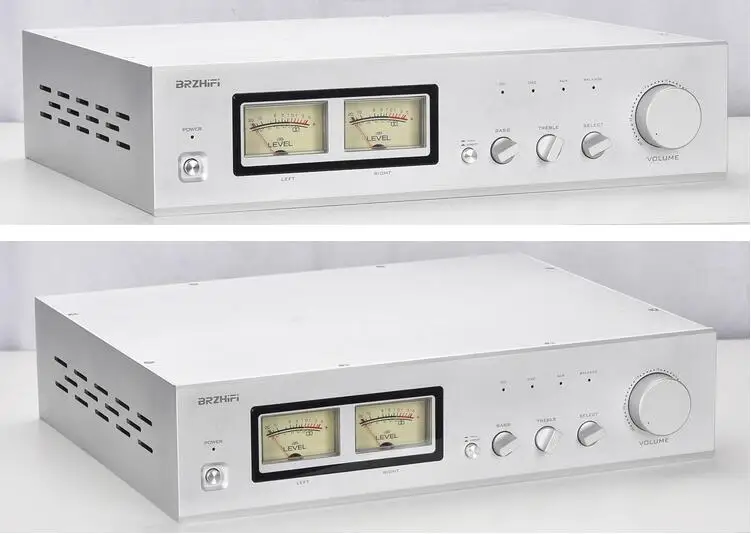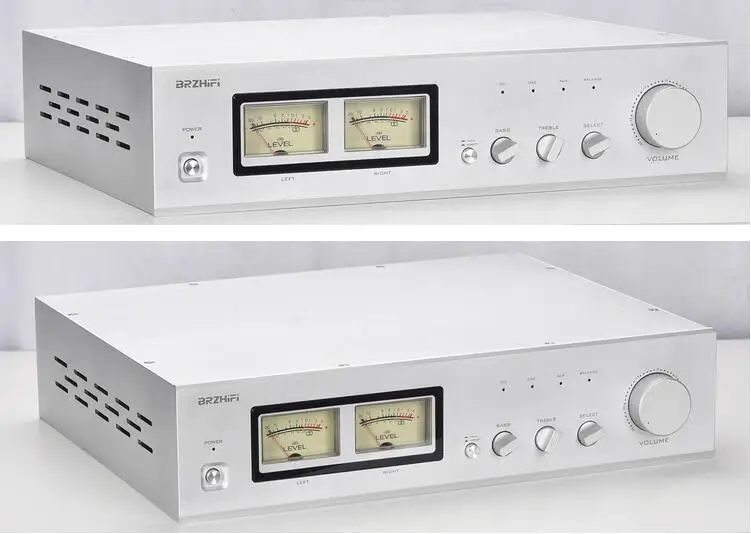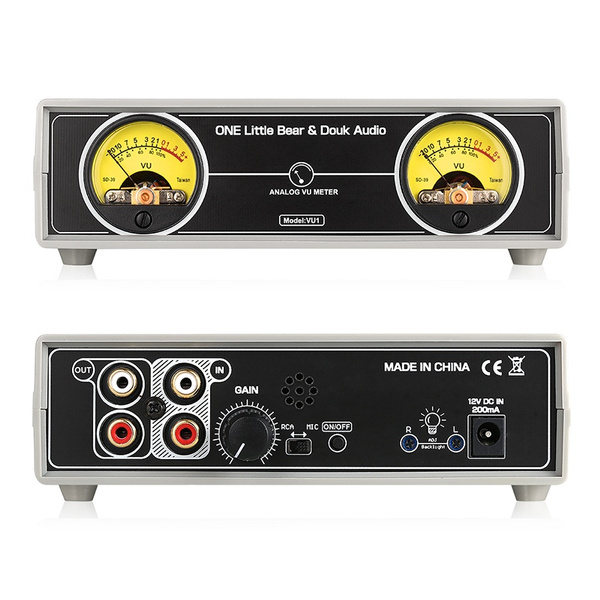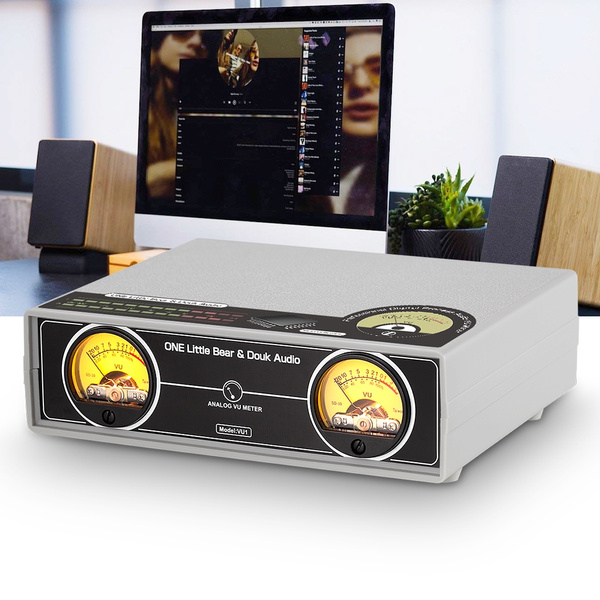restorer-john
Grand Contributor
A door stop w/VU meters: To explain that to your better half, tell her that you are going to patent it!
She loves amplifiers with big power meters! And, yes, I have been known to hold a door open on a windy day with a random amplifer or sometimes just a transformer. Although stubbing your toes on a transformer at night is no fun.











